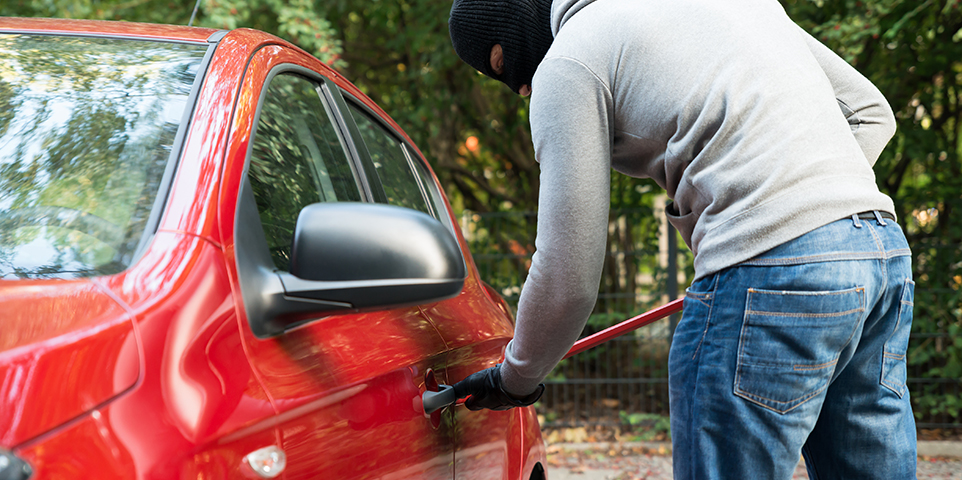MEMBERSHIP
AMPLIFY
EN ESPAÑOL
Connect With Us
- Popular search terms
- Automobile
- Home + Renters
- Claims
- Fraud
- Hurricane
- Popular Topics
- Automobile
- Home + Renters
- The Basics
- Disaster + Preparation
- Life Insurance

|
(1) Law Enforcement Agencies may still be reporting thefts for 2024, and these numbers may change.
Source: National Insurance Crime Bureau.
|
(1) Metropolitan Statistical Areas are designated by the federal Office of Management and Budget and usually include areas much larger than the cities for which they are named.
(2) Rate of vehicle thefts reported per 100,000 people based on U.S. Census Population Estimates.
Source: National Insurance Crime Bureau.
|
(1) Law Enforcement Agencies may still be reporting thefts for 2023, and these numbers may change.
Source: National Insurance Crime Bureau.
|
(1) Includes the District of Columbia. Does not include a total for the United States because data in this chart is compiled on a different basis than the national totals released by the FBI.
(2) Beginning in 2021, state totals comprise of incidents submitted by law enforcement agencies to the National Incident-Based Reporting System (NIBRS)
(3) States have varying degrees of reporting data to the NIBRS. Percent of population covered shown.
Source: U.S. Department of Justice, Federal Bureau of Investigation, Crime Data Explorer.
|
||||||||||||||||||||||||||||||||||||
Source: National Insurance Crime Bureau.
|
(1) Includes all model years for each vehicle.
Source: National Insurance Crime Bureau.